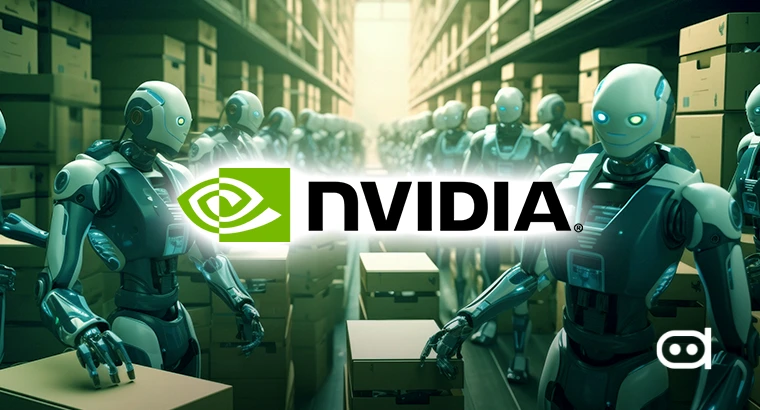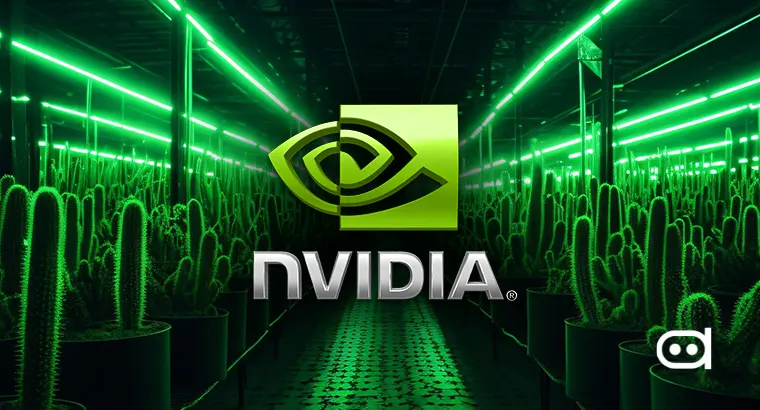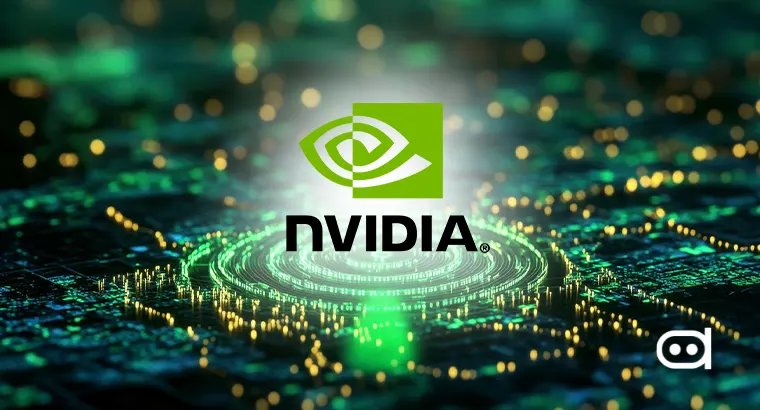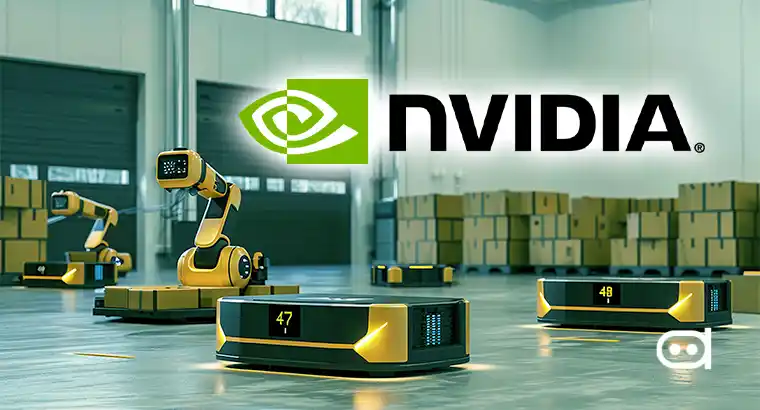
NVIDIA has recently achieved a historic step related to the adoption of artificial intelligence into sensible uses. Recently, they have introduced their new prototype named World Foundation Models (WFMs), which is the further development of such systems. These complex neural networks possess the capability to synthesize realistic physical worlds, which makes them instrumental in enhancing tangible AI facilities like robotic systems and autonomous vehicles. This evolution is a significant breakthrough in developing AI technology and its practical application in our society.
Recently, WFM technology’s possibility was revealed on the NVIDIA AI Podcast through Ming-Yu Liu, an IEEE Fellow and vice president of research at NVIDIA. As per Liu WFMs can generate highly detailed videos from text or image inputs and have the capability to predict the future of any scene based on present scene along with the control signals. This advanced function enables physical AI systems to interact with their environment in a safer and more efficient way.
As stated by Liu, world foundation models are essential for developers for physical AI. They can create various outcomes and make us able to forecast the future outcomes and then we can plan according to these simulation.
WFMs are essential to overcome the challenges faced in assembling the physical AI systems since they allow for virtual testing. It takes time and money to gather enormous amounts of data from the real world to feed such AI systems. However, WFMs are able to overcome this challenge by creating artificial data, thus providing developers diverse and premium dataset for training. Furthermore, real-world testing especially for systems that are complicated such as robots or self-driving cars is evidently challenging and can be associated with great danger. By harnessing the mention models of working, developers can experiment and polish these systems in a safe virtual space, thereby reducing costly physical trials.
NVIDIA announced during the recent CES trade show its new gaming platform dubbed the NVIDIA Cosmos. This is a revolutionary platform based on the generation of new WFMs (wave function models) and is planned to accelerate the development of physical AI systems. Cosmos provides pretrained WFMs that developers can use by incorporating diffusion and auto-regressive architectures. Also, the platform uses video tokenizers to convert videos into tokens that are built for transformers to assist in multiple development paradigms.
As for Cosmos, NVIDIA is advertising it as an open platform but also as one that is easy to enter. Its goal is to provide business and developers with the tools that will allow them to redesign, enhance, or build large WFMs based on their needs. According to Liu, it is entirely okay to have an ‘open’ approach in spearheading change with enterprises and developers possessing all that is required for building large models from scratch.
Today, WFMs can be used in many areas and are used most actively in automotive and robotics industries. As in the case of self-driving cars, WFMs enable the construction of realistic virtual models which can represent different contexts and situations like adverse weather conditions or complex traffic configurations. These help in additional realistic trainings and enhancements, which should make the autonomous cars safer and efficient when brought into the actual roads for operation.
Similarly, those involved in robotics can use the WFMs for testing and calibrating the actions of robots in the different similar scenarios. This ensures that these robots are capable of performing their operational tasks as intended with minimizing risks associated with performing actual world experiments.
While the advancements have been made as discussed by Liu, the development of the WFM (World Foundation Model) is still in its nascent stage. He said, “We are still in the early stage of building world foundation models – they are helpful, but we need to increase their usefulness.” Currently NVIDIA is collaborating with leading market players like 1X, Huobi, and XPENG to address these challenges and integrate WFMs into practical AI solutions.
As the pioneers in advancing AI research, Workforce Management Systems (WFMs) will play a critical role in defining the future of physical AI based on NVIDIA’s continuous growth. Such systems offer a foretaste of what has been referred to as the world where intelligent machines will be able to seamlessly interface with the complexity of the world.
Source: https://blogs.nvidia.com/blog/world-foundation-models-advance-physical-ai/
Latest Stories:
OPmobility Showcases AI-Powered Sustainable Mobility Innovations at CES 2025
Scientists Discover Luminescent Nanocrystals That Could Revolutionize AI and Data Processing
NVIDIA Launches Cosmos Platform to Revolutionize Physical AI Development







